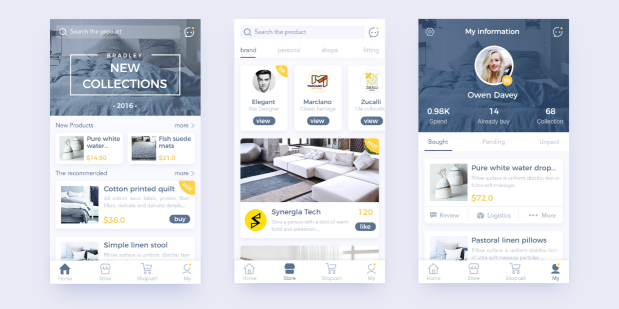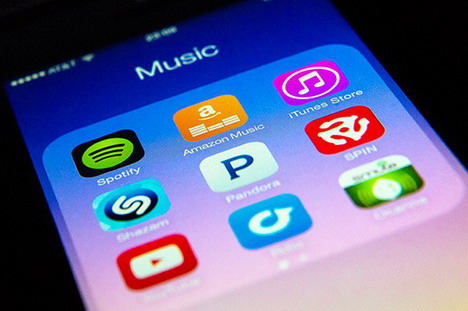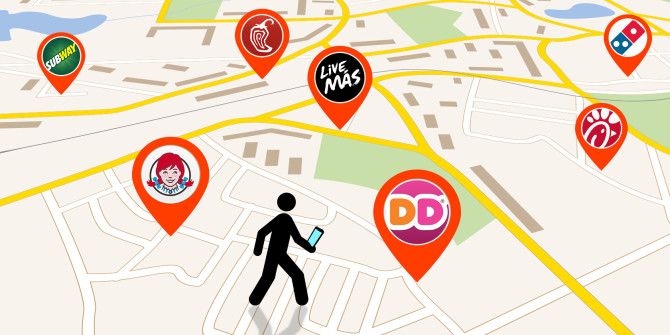In the realm of software development, the concept of a Minimum Viable Product (MVP) has emerged as a strategic approach that emphasizes the importance of rapid deployment of a functional product with a minimal set of features. This principle allows developers to quickly test the feasibility and potential of their ideas, gather valuable user feedback, and iteratively improve upon their product. The MVP approach is not just about creating a product that merely functions—it’s about building a product that solves a problem efficiently and effectively while providing an opportunity for learning and continuous development.
Understanding the Concept of MVP
The concept of MVP software development is a crucial starting point for many startups and established companies venturing into new product territories. In essence, an MVP software product possesses just enough features to be usable by early customers who can then provide feedback for future product development. This lean methodology is aimed at avoiding excessive initial investment in unwanted features and focusing on the core value proposition. Startups, in particular, find this model highly beneficial as it allows them to gauge user interest, verify assumptions, and iterate the product based on real-world feedback, thus reducing risks and facilitating smarter product evolution. Understanding and implementing the concept of MVP in software development is therefore a key to achieving product-market fit and sustainable growth.
Identifying Your Target Audience and User Needs
Before embarking on MVP software development, it’s crucial to identify your target audience and understand their needs. This process begins with defining a clear user persona, which represents the main user group of your product. A well-defined user persona includes demographic information, interests, technological proficiency, and most importantly, the pain points that your product aims to solve.
After identifying your target audience, the next step is to understand their needs. This involves in-depth market research, customer interviews, surveys, and competitor analysis. The goal is to uncover the key features that your audience would find most valuable. Remember, the purpose of an MVP is not to deliver a bare-bones product, but rather one that effectively addresses a core need of your targeted user group. By focusing on these vital elements, you set a foundation for a successful MVP, providing a solution that truly resonates with your target audience and stands out in the marketplace.
Defining MVP Scope and Features
Defining the scope and features of an MVP is a crucial part of the software development process. The scope refers to the overall boundaries of the product—the extent to which it will meet the identified user needs. This often involves making tough decisions about what features to include and what to leave out.
With regards to features, they should be selected based on their ability to solve a core problem for your users. The main question to ask during this phase is, “What is the smallest set of features that can provide value and solve the user’s problem?” This forces you to focus on the essentials and avoid over-complicating the product at this early stage.
The process of defining MVP scope and features should be iterative and flexible. It’s important to constantly reevaluate and adjust your list of features based on user feedback and changes in the market. This can help ensure that your MVP stays relevant and continues to serve its users effectively. Remember, the main goal of an MVP is to learn about your users and their needs, not to launch a perfect and complete product. As such, don’t be afraid to make changes and pivot if necessary.
Designing User-Centric Interfaces
Designing user-centric interfaces is fundamental to the success of an MVP. The interface should not only be visually appealing but also intuitive and easy to navigate. This directly impacts user engagement, satisfaction, and the overall user experience. In this phase, it’s essential to incorporate elements that reflect the needs and preferences of your target audience.
Usability should be the main focus – the product must be simple to understand and use. The design should guide users seamlessly through the product, allowing them to perform their desired actions effortlessly. It’s recommended to use established design patterns and principles that users are already familiar with to minimize the learning curve.
Furthermore, while designing the interface, it’s essential to remember that an MVP’s purpose is to test the product concept and gather feedback. As such, the design should facilitate easy collection of user feedback. This could take the form of in-app surveys, feedback forms, or simply an easy way to report bugs and issues.
Involving users in the design process can also prove beneficial. Techniques like user testing or usability testing can help identify potential issues before the product goes live, thus saving time and resources in the long run. Remember, user-centric design is all about empathy and understanding the user’s perspective.
Agile Development and Iterative Approach
Embracing an agile development and iterative approach is a critical aspect of MVP software development. Agile development is characterized by its incremental and iterative nature, where the product is built progressively through repeated cycles. This approach aligns perfectly with the MVP philosophy, allowing for the rapid incorporation of user feedback and continual refinement of the product.
In an agile environment, the development team works in “sprints,” short, focused periods of work where specific features or tasks are completed. At the end of each sprint, the product is tested, and feedback is collected. This not only ensures that any potential issues are identified early but also allows for immediate adjustment in response to feedback or changing user needs.
Additionally, the iterative nature of agile development, where the product undergoes continuous modifications and improvements, ensures that the MVP evolves in line with user expectations. This approach avoids the pitfalls of a traditional “waterfall” development approach, which often results in a final product that fails to meet user needs or expectations.
Building and Testing the MVP
Building and testing the MVP is the pivotal stage where all the planning, design, and feature selection come together to form a functioning product. During the build phase, developers code the selected features, ensuring that they function as intended and tackling any technological hurdles that may arise. They must adhere to good coding practices for maintainability and scalability purposes.
Upon completion of the build phase, the MVP enters the testing phase. This is where every aspect of the product is painstakingly scrutinized for bugs, usability issues, and overall functionality. Both automated and manual testing methods are employed to ensure the product is sturdy and ready for the market.
Here, it’s crucial to recognize that testing is not a one-off event, but rather an ongoing process that continues even after the MVP has been launched. Continuous testing allows for constant improvements and ensures the product remains robust and reliable.
Remember, the goal here is not perfection, but learning. Issues are bound to arise, but they provide valuable insights and opportunities for improvement. Ultimately, the focus should be on delivering an MVP that effectively addresses a core user need and serves as a solid foundation for future iterations and enhancements.
Launching and Collecting User Feedback
Launching the MVP is a significant milestone – it’s the moment you introduce your product to the public. However, the work doesn’t end here; in fact, it’s only just beginning. After the launch, your focus should shift to collecting user feedback, as this is integral to MVP software development.
User feedback provides valuable insight into how your product is being received, helps identify any issues or areas of improvement, and verifies whether your product is effectively solving users’ problems. It’s important to develop an efficient feedback collection system, which can range from in-app surveys and user interviews to analytics tracking and social media monitoring.
Listen to what your users are saying and take their feedback seriously. It’s crucial not just to collect feedback but also to analyze it regularly and incorporate the lessons learned into future iterations of the product. This iterative process of continual improvement is what drives the success of an MVP.






